Why Plan for Housing?
As part of the development process for this Housing Element Models and Guidelines, Planning posed some key questions to the housing stakeholder group - “Why is planning for affordable housing important?” and “What does low-income and workforce housing contribute to a community?” The resulting discussion and conclusions provided a platform for Maryland’s housing industry leaders to explain the importance and impact of affordable housing planning.
The information that follows summarizes their responses.
Why is planning for affordable housing important?
Planning for affordable housing is important because housing costs are the biggest expenditure for most American households. As such, the availability, diversity, and location of housing is one of the primary drivers of private investment, community character, the provision of public services such as schools and utilities, workforce development, commercial amenities, tax revenue, transportation networks, and related planning topics. Planning for housing provides a jurisdiction with an opportunity to engage with its residents and other stakeholders to consider housing needs for a broad range of existing and future populations. It also allows a community to analyze current housing trends related to housing supply and demand and consider if existing policies facilitate the kind of housing it may desire. Public housing units, and those supported by housing vouchers, are not the only types of affordable housing available for jurisdictions interested in providing greater housing opportunities for their residents. Naturally occurring affordable housing, as well as units supported by tax credits or zoning ordinance requirements, can also increase the supply of low income and workforce homes.
Housing planning has concrete benefits, especially when coordinated with Smart Growth Principles as expressed in Maryland’s 12 Planning Visions. This type of planning necessitates a mix of land uses to reduce vehicle miles traveled, encourage residential development at densities appropriate for efficient infrastructure development and land conservation, and entice potential employers to invest in creating jobs where a ready workforce can live within a reasonable commute time. Housing planning not only refers to future housing development, but also the maintenance and enhancement of existing housing stock, which greatly impacts community revitalization efforts, a neighborhood’s physical appearance, and residents’ quality of life. Housing planning, like that for transportation and environmental stewardship, must also be considered through a regional lens. Housing planning can facilitate collaboration between neighboring jurisdictions. The failure to consider housing as an essential component of a comprehensive plan may lead to inadequate infrastructure, lagging economic development, a dwindling tax base, and unsustainable growth.
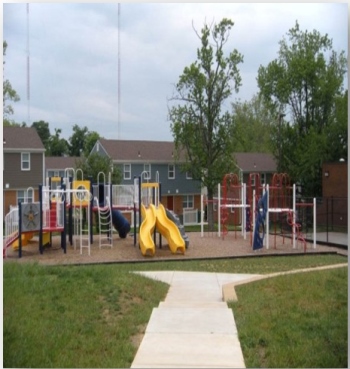
Annapolis Gardens
What does low-income and workforce housing contribute to a community?
Affordable housing is an essential part of any housing plan and should include housing for households in both the low income and workforce income levels as outlined in HB 1045 (2019). Housing that is affordable to a wide range of income levels conveys multiple community and economic benefits. For one, it is an essential component of an equitable community - one that reflects its socioeconomic diversity. Housing diversity, both in terms of design and affordability helps build stronger communities by strengthening the fabric of traditional neighborhoods and towns. Housing diversity refers not only to publicly subsidized housing, although that is a key need in many Maryland communities, but also to housing that is affordable for essential workers, such as teachers, healthcare providers, firefighters, and law enforcement officers.
The benefits of affordable housing extend beyond property lines. A successful development that includes affordable housing, one that is well maintained and managed, can serve as an anchor for neighborhood revitalization. Available affordable housing can also help stabilize school populations and ensure continued funding for public education.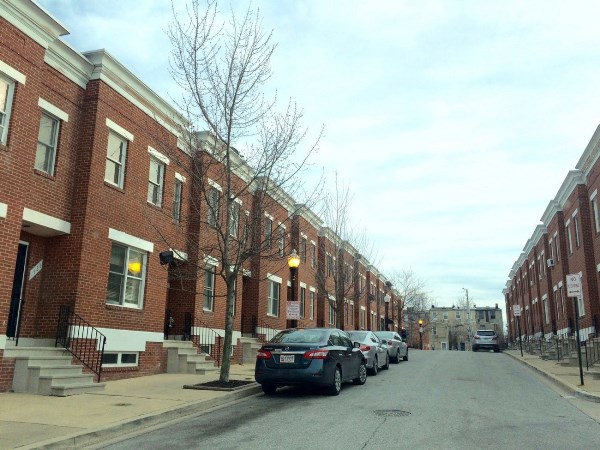
Sandtown New Construction – Leslie Street
Some employees commute long distances to jobs because they cannot afford to live in the community in which they work. Workforce housing in proximity to employment centers can help alleviate commuting, decongest roads, and minimize work/live segregation. Housing diversity is not only a need for young professionals and families entering the housing market, but also for the most rapidly growing demographic in America - seniors. This age group has very specific housing needs that go beyond affordability and include access to services and universal design.1 Finally, homelessness affects most Maryland jurisdictions to some extent, and the provision of affordable housing is one strategy for combating it.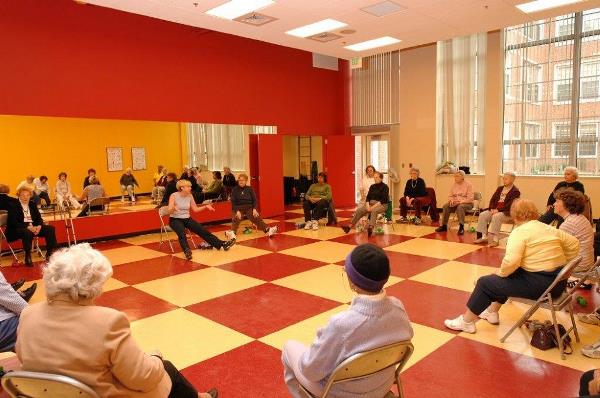
Bates Senior Housing, Annapolis
Housing affordability further supports Maryland’s economy. In addition to the goal of employees living close to where they work, the availability of housing is a concern for many existing and future employers. They want to know where their employees are going to live before deciding to invest or continue to invest in a Maryland business. When households and families are not house burdened, they have more discretionary income to spend on shopping, travel, and services, thus supporting economic growth and contributing to the incomes of others in a community. Homeownership has always been a vital wealth building strategy, one that also contributes to private investment and pride in communities and place. Finally, affordable housing, through ownership or rental, contributes to the tax base of Maryland’s communities.
HB 1045 (2019) Description
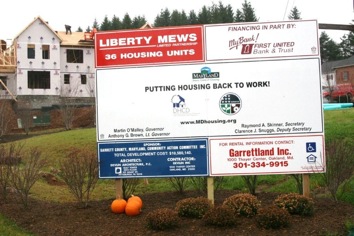 Title 1, Subtitle 4 (Charter Counties) and Title 3, Subtitle 1 (Non-Charter Counties and Municipalities) of the Land Use Article lists the required comprehensive planning elements for Maryland jurisdictions. While the required elements differ between the types of jurisdictions, they share traditional elements such as transportation, development regulations, environmental protections, and water resources. The requirements for non-charter counties and municipalities include additional elements, such as community facilities, land use, and municipal growth (for municipalities). A housing element, while not specifically required prior to the effective date of HB 1045 (2019), was already an optional component of a comprehensive or general plan. Additionally, the Land Use Article states that a planning commission shall implement the 12 Planning Visions in a comprehensive plan, one of which is housing and is defined as “a range of housing densities, types, and sizes provides residential options for citizens of all ages and incomes.”
Title 1, Subtitle 4 (Charter Counties) and Title 3, Subtitle 1 (Non-Charter Counties and Municipalities) of the Land Use Article lists the required comprehensive planning elements for Maryland jurisdictions. While the required elements differ between the types of jurisdictions, they share traditional elements such as transportation, development regulations, environmental protections, and water resources. The requirements for non-charter counties and municipalities include additional elements, such as community facilities, land use, and municipal growth (for municipalities). A housing element, while not specifically required prior to the effective date of HB 1045 (2019), was already an optional component of a comprehensive or general plan. Additionally, the Land Use Article states that a planning commission shall implement the 12 Planning Visions in a comprehensive plan, one of which is housing and is defined as “a range of housing densities, types, and sizes provides residential options for citizens of all ages and incomes.”
HB 1045 (2019), in amending Sections 1-406 (Charter Counties) and 3-102 (Non-Charter Counties and Municipalities) of the Land Use Article and adding sections 1-407.1 and 3-114, requires a housing element in comprehensive plans for all Maryland jurisdictions. This change to the law requires that jurisdictions include a housing element when developing a new, or updated, comprehensive plan after June 1, 2020. The law does not mandate that a housing element that meets the requirements of HB 1045 (2019) be adopted by a specific date. As provided in Sections 1-416 and 3-301, at least once every 10 years, each Maryland jurisdiction shall review the comprehensive plan and, if necessary, revise or amend the comprehensive plan to include all required elements.
The statute describes what must be included and permits flexibility to solve affordable housing issues, if any are found, and if there is a desire to do so within a jurisdiction. The law describes a housing element as:
A housing element shall address the need for affordable housing within the jurisdictions, including:
- Workforce housing; and
- Low-income housing2
A housing element may include goals, objectives, policies, plans, and standards
Maryland jurisdictions must address low-income and workforce housing within their communities; however, since municipalities may have limited undeveloped land or redevelopment opportunities, municipalities may address some future housing needs within municipal growth areas outside their boundaries. The affordable housing needs of Maryland’s jurisdictions will vary based on specific demographic, economic, environmental, and geographic conditions, and community trends. Consequently, planning for affordable housing in a rapidly growing county will be different than affordable housing planning in a small town. As a result, the goals, objectives, policies, plans, and standards (as included in HB 1045 (2019)) should be tailored to the affordable housing needs of each Maryland community. This flexibility provides the benefit of allowing a jurisdiction to plan for affordable housing specific to its situation, but does not lay out a detailed roadmap for communities concerned with meeting these new requirements. The Maryland Department of Planning (Planning) encourages local communities to approach HB 1045 (2019) creatively and hopes the resources included here will assist in that endeavor.
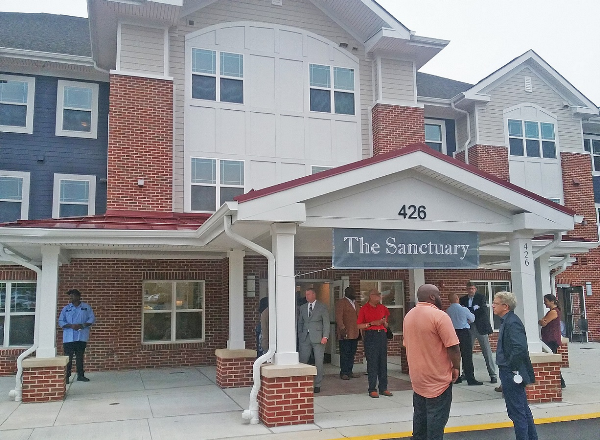
Affordable Senior Housing in Silver Spring
Area Median Income and Affordable Housing
HB 1045 (2019) requires that housing elements use The U.S. Department of Housing and Community Development’s (HUD) Area Median Income (AMI) calculations when planning for workforce and low-income housing. AMI is the commonly used housing industry term reflecting annual calculations of Median Family Income (MFI) for each metropolitan area and non-metropolitan county, called Income Limit Areas. Simply, approximately 50% of families have an annual income above the AMI/MFI level, and 50% below. HUD bases its annual calculations for MFI on the American Community Survey (ACS) table B19113 - Median Family Income In The Past 12 Months.
Because AMI is calculated at the metropolitan area level, many Maryland communities share an AMI with their neighbors. For example, municipalities in Carroll County share an AMI with Anne Arundel County, and both are included in the larger Baltimore-Columbia-Towson, MD Income Limit Area. Non-metropolitan counties, such as Caroline, have their own Income Limit Area and, therefore, their own AMI. Some Income Limit Areas extend outside the state, such as the Philadelphia-Camden-Wilmington, PA-NJ-DE-MD Income Limit Area, which includes the town of Elkton and Cecil County, but also Chester County, Pennsylvania. The AMIs for Maryland’s communities vary significantly but using AMI as a measure for affordable housing planning means that a community with an AMI of $120,000 must plan for affordability, as does a community with an AMI of $75,000. While the strategies between the two will likely differ, they both still have housing needs at the 60% AMI (low-income) and 60-120% (workforce) levels. To learn more about the Maryland Department of Housing Community Development’s Income Limits, please visit the department’s
research page.
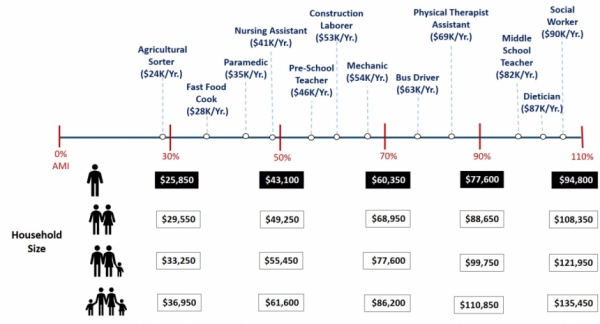
Humanizing AMI-Source, Camoin Associates
To better understand AMI in relation to typical incomes by occupation, please visit Humanizing Data - Area Median Income (AMI) and Affordable Housing Policy.
Note: The AMI and household payment calculations and data in this dashboard are based on pre-tax and other deductions income.
Note: Because AMI is calculated at the county or regional level, it is not always a good indicator of income levels at smaller geographies included within the larger income limit area. For example, the 2021 AMI for the Washington-Arlington-Alexandria, DC-VA-MD HUD Metro area may be $129,000, but that does not mean the average household in every jurisdiction within that income limit area has an income of $129,000. For this reason, we encourage jurisdictions planning for affordable housing to reference the Income and Benefits data chart in the Housing Dashboard to get a truer picture of the range of household incomes in their community. Planning understands that ACS data does not always faithfully represent incomes in smaller, more rural communities. For jurisdictions, especially smaller ones, seeking further assistance on housing data access and interpretation, please contact Al Sundara, Manager, Projections and State Data Center, at alfred.sundara@maryland.gov.
To learn more about HUD’s AMI calculations and Income Limit Areas, please visit HUD’s Income Limits webpage. Planning has also compiled all the HUD AMI levels by Income Limit Area in its Housing Dashboard , which calculates the workforce and low-income ranges based on HB 1045 (2019) and the affordable monthly housing costs based on an affordability of 30% of the household income.
The traditional definition for housing “burden” is when a household spends 30% or more of its income on housing costs. This longstanding percentage originated with the United States National Housing Act of 1937, which established income limits for families wishing to live in public housing. Subsequent housing acts and amendments modified maximum rents and income limits, eventually raising it to 30% in 1981, where it remains today.3 When a household spends 30% or more of its income on housing costs, it is considered to be “housing burdened,” meaning the remaining income is insufficient to cover other basic household expenditures and amenities contributing to quality of life. According to the American Planning Association, “for an average owner not to be cost burdened, their income would have to be $103,200 annually to have afforded the “average” single-family home constructed in 2016. Renters can face an even higher burden.”4 The same report notes that the national average single-family home price was $356,160 in 2016 and estimates that 35% of American households are rental cost burdened. The Housing Dashboard displays the percentage of households-both owner and renter occupied (by selected geography) that are housing burdened.
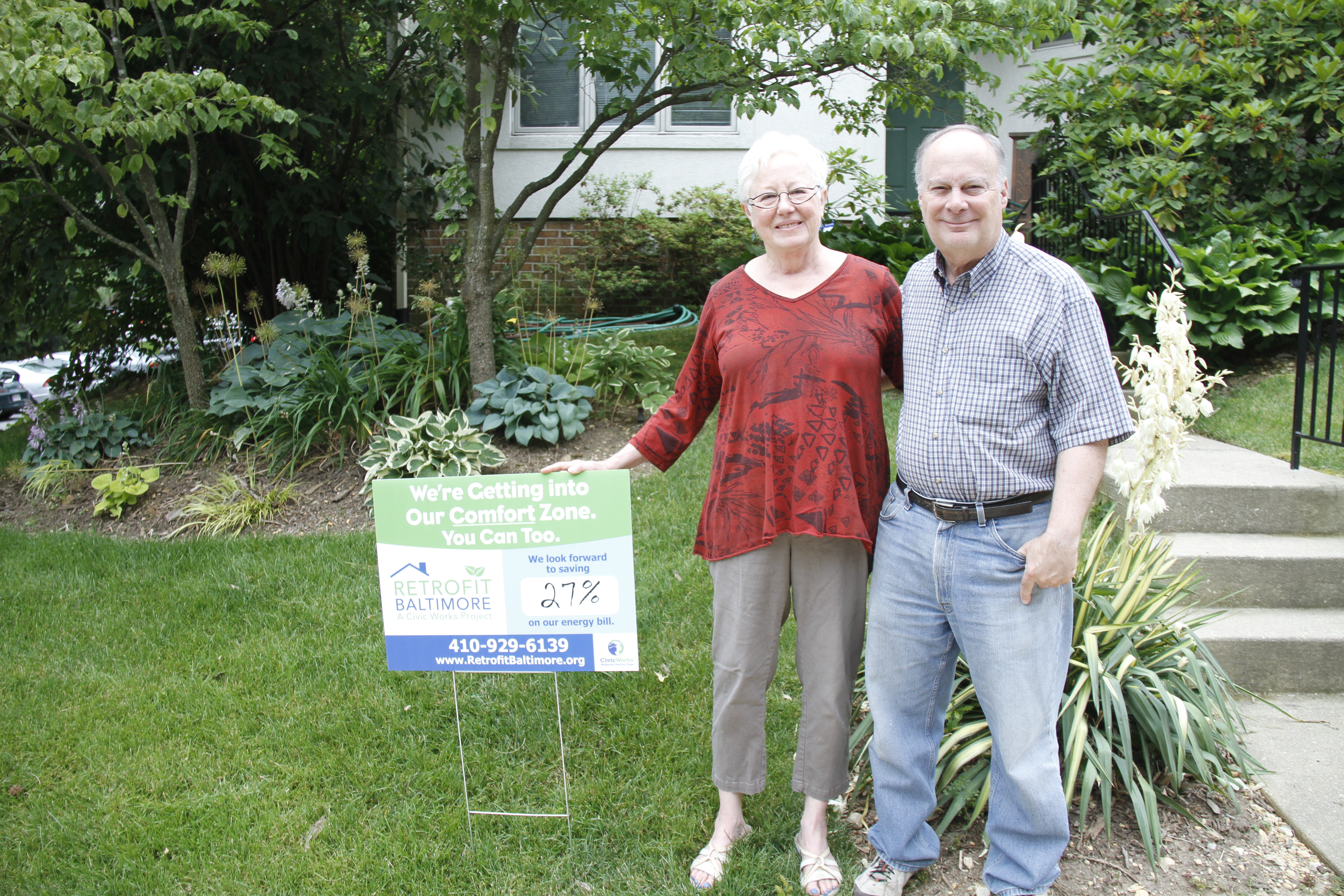
Energy Costs are Included in a Household's Housing Costs
HB 1045 (2019) states that Maryland comprehensive plans “shall” address the need for affordable workforce and low-income housing, but it does not say how the needs analysis should be completed. While the Land Use Article does not mandate the exact use of those terms and their subsequent definitions, Planning strongly recommends that jurisdictions include them, and the HUD AMI calculations, in their housing needs analysis.
1 HUD defines universal design as an approach that “recognizes the need for living spaces to be barrier-free and provide easy mobility and independence for people with a broad variety of physical needs.” Source: Homes for Everyone: Universal Design Principles in Practice, 1996
2 Workforce housing: defined in statute as rental housing affordable for a household income between 50% and 100% of the area median income (AMI) or homeownership housing between 60% and 120% of AMI except for Maryland Mortgage Program target areas (60% - 150% AMI); Low-income housing: defined in statute as housing that is affordable for a household with an aggregate annual income below 60% of AMI
3 Who Can Afford To Live in a Home? A look at data from the 2006 American Community Survey by Mary Schwartz and Ellen Wilson US Census Bureau
4 American Planning Association: Housing Policy Guide, April, 2019. https://planning-org-uploaded-media.s3.amazonaws.com/publication/download_pdf/Housing-Policy-Guide-rev.pdf